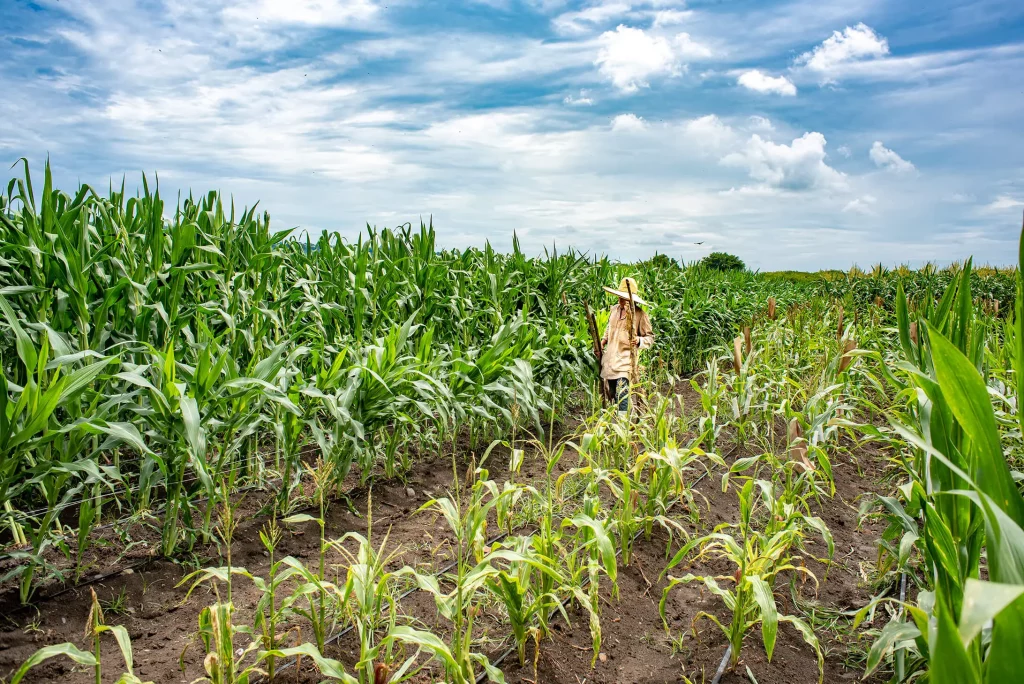In a world grappling with the challenges of limited space, climate change, and resource constraints, vertical farming is taking agriculture to new heights—literally. This exploration delves into the principles, practices, and the profound impact of vertical farming, demonstrating how it’s reshaping our approach to food production and sustainability.
Reaching for the Sky: Vertical Farming
Vertical farming is an innovative agricultural practice that takes advantage of limited space by stacking plants in vertical layers, typically in controlled indoor environments. This approach revolutionizes conventional farming by maximizing space and resource efficiency.
The Vertical Farming Setup
Vertical farming systems involve the use of carefully controlled environments, such as greenhouses, hydroponic, or aeroponic systems. These systems provide optimal conditions for plant growth, including temperature, humidity, and light, while minimizing the use of water and soil.
Resource Efficiency
Vertical farming offers exceptional resource efficiency. By growing crops in vertically stacked layers, it reduces the need for expansive land, conserves water by recycling it within the system, and minimizes the use of synthetic pesticides and fertilizers.
Climate Resilience
Controlled indoor environments in vertical farms provide protection from extreme weather conditions and climate change. This resilience ensures consistent crop yields throughout the year, regardless of external climatic fluctuations.
Diverse Crop Cultivation
Vertical farming isn’t limited to a specific type of crop. It allows for the cultivation of a wide variety of plants, from leafy greens and herbs to strawberries and small fruiting plants. This versatility enhances local food production and reduces the need for long-distance transportation.
Urban Agriculture
Vertical farming has found a natural home in urban settings, where space is limited, and the demand for fresh, locally sourced produce is high. These farms can be established within cities, reducing the carbon footprint associated with food transportation.
Sustainable and Local Food Production
Vertical farming epitomizes sustainable and local food production. It offers fresh, pesticide-free produce year-round, and it drastically reduces the environmental impact associated with conventional farming practices.
Challenges and Considerations
Despite its potential, vertical farming faces challenges related to energy consumption, initial investment costs, and the need for skilled operators. Additionally, the energy sources used in vertical farms must be considered to minimize their carbon footprint.
Conclusion
Vertical farming is a beacon of hope in a world facing pressing challenges in agriculture and food security. It embodies resource efficiency, climate resilience, and the promise of local, sustainable food production. As our population grows and our planet faces environmental challenges, vertical farming offers an innovative and sustainable solution, elevating agriculture to new heights and paving the way for a healthier, more resilient future.


Pingback: Driving Change: Key Trends of Niche Agriculture Shaping India's Farming Sector in 2024
Pingback: Agriculture Trends Set to Revolutionize Business in 2024 - NAPL